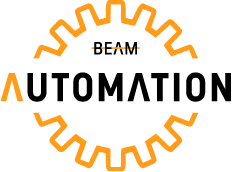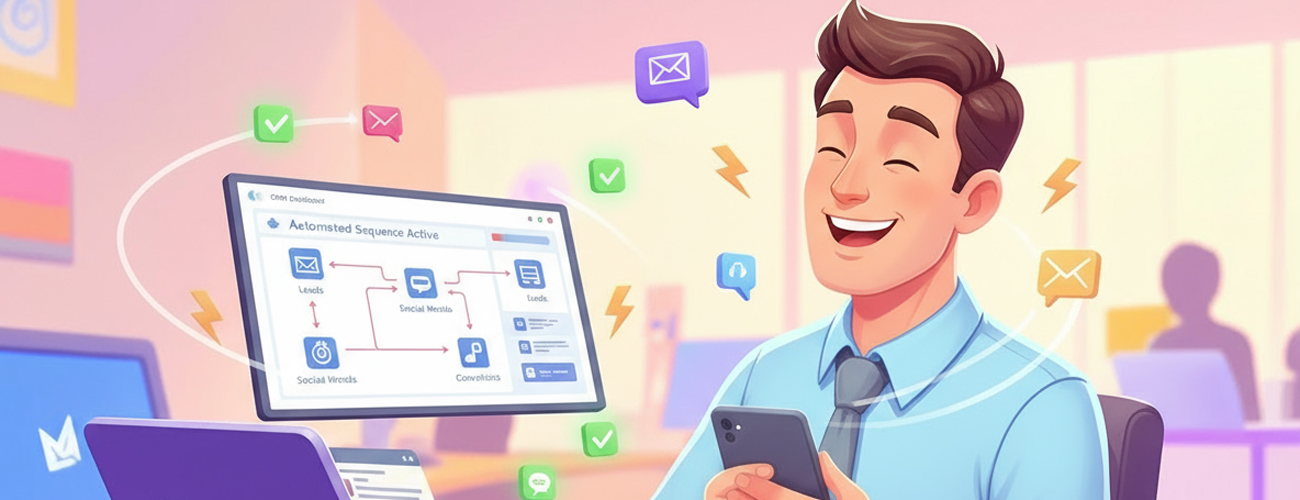Aussie businesses are feeling the pinch right now: soaring cost of living, pricier goods, and a nightmare hiring qualified staff. Here at Beam Automation, we help cut through that chaos with smart solutions that don't cost the earth. In fact, they're up to 3-5 times cheaper to run than the manual way of doing things. Let's break it down.
Business owners, general managers, and sales directors are always looking for ways to streamline operations, nurture leads, and close deals faster. With long buying cycles and resource constraints common in sectors like retail, finance, and services, manual processes can slow growth. Enter CRM automation - a powerful solution that integrates customer relationship management (CRM) systems with intelligent workflows to automate repetitive tasks, personalise interactions, and provide real-time insights.
As a business owner or manager, your days are packed with manual tasks, endless emails, and processes that seem to drag on forever. But imagine gaining back 5-10 hours each week to focus on what truly drives your business forward—strategic growth, innovation, and enjoying a better work-life balance. Studies show that employees spend an average of 3-4 hours daily on repetitive manual tasks that could be automated, adding up to significant lost productivity. The good news? With simple, positive changes, you can turn that around.
As a business owner or manager, your days are packed with manual tasks, endless emails, and processes that seem to drag on forever. But imagine gaining back 5-10 hours each week to focus on what truly drives your business forward—strategic growth, innovation, and enjoying a better work-life balance. Studies show that employees spend an average of 3-4 hours daily on repetitive manual tasks that could be automated, adding up to significant lost productivity. The good news? With simple, positive changes, you can turn that around.
As a business owner or manager, your days are packed with manual tasks, endless emails, and processes that seem to drag on forever. But imagine gaining back 5-10 hours each week to focus on what truly drives your business forward—strategic growth, innovation, and enjoying a better work-life balance. Studies show that employees spend an average of 3-4 hours daily on repetitive manual tasks that could be automated, adding up to significant lost productivity. The good news? With simple, positive changes, you can turn that around.





